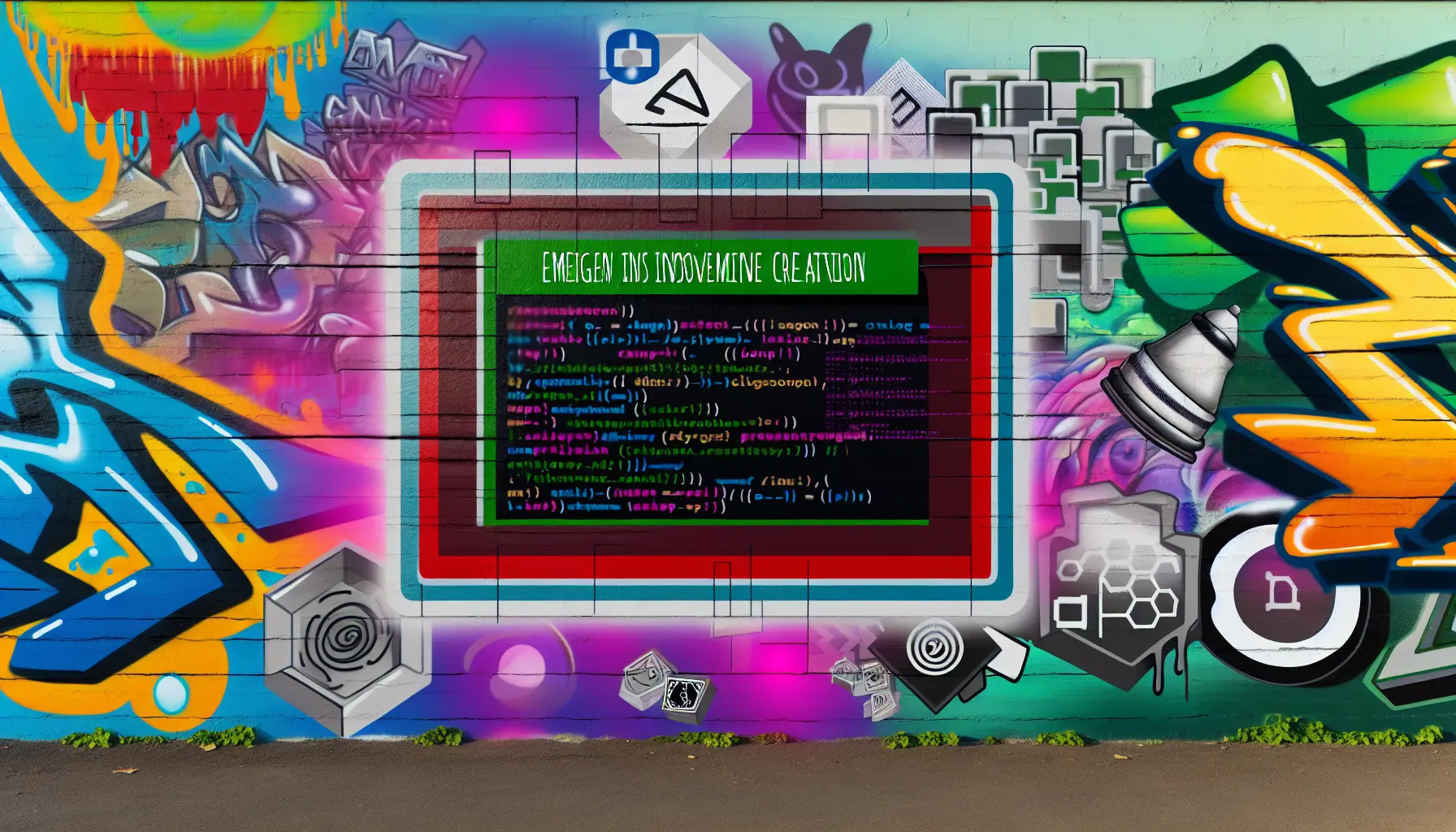Here is a reworded version of the paragraph:
Unlocking the Power of Plugins
In today’s vast digital landscape, plugins are a key component that enables software applications to expand their capabilities and adapt to user needs. Grasping the concept and importance of plugins is essential for appreciating their far-reaching impact on the tech world.
I made some minor changes to improve the flow and clarity of the text, while maintaining the original meaning. Let me know if you’d like any further adjustments!
Defining Plugins in the Tech Ecosystem
Plugins are software components or modules that augment the capabilities of an existing application. They are designed to seamlessly integrate with the host software, allowing for the addition of new features, customization, and enhanced user experiences.
Benefits of Using Plugins for Software Extension
The utilization of plugins empowers users to tailor software applications to their specific needs without modifying the core codebase. This modularity leads to enhanced flexibility, scalability, and versatility, allowing for dynamic adaptation to diverse use cases.
Examples of Successful Plugin Implementations
The success of plugins is evident across various domains, from web browsers incorporating ad blockers and security extensions to content management systems integrating SEO optimization, e-commerce, and social media plugins. These implementations showcase the impact of plugins on enhancing and expanding software functionality.
Understanding the role of plugins and their importance in software development and customization provides insight into their widespread adoption and relevance in addressing user and business requirements.
Understanding the Plugin Development Process
The development of plugins involves a systematic approach that encompasses ideation, design, and execution. Understanding the intricacies of this process is fundamental to creating robust and effective software extensions:
Conceptualizing a Plugin Idea
The process begins with ideation, where developers conceptualize the purpose and functionality of the plugin. Identifying specific use cases and potential benefits for end users forms the foundation of the plugin’s development roadmap.
Designing the Plugin Architecture
Thoughtful design and architecture play a crucial role in the success of a plugin. This phase involves outlining the structure, interfaces, and interactions of the plugin with the host software, ensuring seamless integration and minimal impact on the core application.
Best Practices in Plugin Development Lifecycle
Adhering to established best practices in software development, such as version control, modular design, documentation, and testing, ensures the sustainability, scalability, and maintainability of the plugin. Following a well-defined lifecycle methodology contributes to the successful development and deployment of a plugin.
Understanding and embracing these critical phases in the plugin development process fosters the creation of plugins that are well-conceived, efficiently designed, and effectively implemented to address user needs.

Key Technologies and Languages for Plugin Development
Plugin development relies on a diverse array of technologies and programming languages to effectively extend the functionality of software applications. Understanding these foundational elements is critical for successful plugin implementation:
Programming Languages Commonly Used in Plugin Development
Several programming languages are prevalent in plugin development, including:
– JavaScript: Widely used for web-based plugins, browser extensions, and dynamic content manipulation.
– Python: Commonly employed for automation, data processing, and server-side applications with plugin architecture.
– Java: Frequently utilized for enterprise-level software with extensible plugin systems.
– C++: Ideal for performance-critical plugins, such as graphics processing or system-level extensions.
Frameworks and Tools to Streamline the Development Process
Frameworks such as React, Vue.js, and Angular are instrumental in developing web-based plugins with modular, reusable components. Additionally, development tools like Visual Studio Code, IntelliJ IDEA, and Eclipse streamline the plugin creation, debugging, and testing processes.
APIs and SDKs: Interfaces for Plugin Integration
Accessing and integrating with the host application’s APIs and SDKs is vital for seamless plugin functionality. Well-documented and reliable interfaces facilitate data exchange, feature utilization, and interaction between the host application and the plugin.
By leveraging these technologies and programming languages, developers can harness their capabilities to create powerful and versatile plugins that augment and extend the functionality of software applications.

Creating a Secure and Performant Plugin
Developing a secure and performant plugin is essential to ensure its reliability, integrity, and optimal user experience. Implementing robust security measures and performance optimization techniques is crucial for the successful deployment of a plugin:
Security Best Practices in Plugin Development
Employing secure coding practices, input validation, and data sanitization to mitigate common security vulnerabilities such as cross-site scripting (XSS), SQL injection, and authentication flaws. Additionally, ensuring that the plugin adheres to role-based access control and follows secure communication protocols is vital.
Performance Optimization Techniques
Utilizing efficient algorithms, data caching, and resource management to optimize the plugin’s performance. Minimizing resource-heavy operations, such as memory consumption and network utilization, contributes to a responsive and seamless user experience. Asynchronous processing and background tasks can also enhance performance without affecting the core functionality.
Ensuring Compatibility and Stability Across Platforms
Thoroughly testing the plugin across diverse software environments, operating systems, and hardware configurations to ensure compatibility and stability. Additionally, version control and backward compatibility measures are essential to support users across different software versions and environments.
By addressing security concerns, optimizing performance, and ensuring platform compatibility, developers can cultivate a secure, efficient, and reliable plugin that meets the highest standards of quality and user satisfaction.

The Business of Plugin Development
As plugin development becomes an integral part of the tech landscape, understanding the business aspects is crucial for the success and sustainability of plugin projects. This includes effectively monetizing, marketing, and nurturing a community around the developed plugins:
Monetizing Plugin Projects
Exploring various monetization models such as one-time purchases, subscription plans, and freemium offerings to derive value from the developed plugins. Additionally, licensing the plugin for commercial use or offering enterprise-tier features can create revenue streams.
Marketing Your Plugin to Reach a Wider Audience
Implementing targeted marketing strategies to enhance the visibility and adoption of the plugin among the intended user base. This involves creating compelling messaging, leveraging social media, and exploring partnership opportunities to increase the reach of the plugin.
Building a Community Around Your Plugin
Fostering an engaged user community through support forums, user groups, and developer documentation. Encouraging user feedback, feature requests, and developer contributions can enhance the plugin’s adoption, user satisfaction, and the overall ecosystem around the plugin.
Successfully navigating the business aspects of plugin development, including monetization, marketing, and community building, contributes to the sustainability and success of the developed plugins in the tech market.

Common Challenges in Plugin Development
The development of plugins presents several challenges that developers commonly encounter while creating, deploying, and maintaining these software extensions:
Handling Compatibility with Different Software Versions
Ensuring that the plugin remains compatible with various versions of the host application, operating systems, and third-party dependencies. Managing compatibility issues enables the seamless adoption and operation of the plugin across diverse environments.
Navigating the Approval Process for Plugin Marketplaces
Adhering to the guidelines and quality standards set by plugin marketplaces, app stores, and software ecosystems. Clear documentation, compliance with licensing, and addressing security and privacy concerns are essential for successful approval and publication.
Support and Maintenance Strategies for Longevity
Establishing effective strategies for providing continuous user support, bug fixes, feature updates, and software maintenance. This involves fostering a responsive support system, delivering timely updates, and addressing user feedback to ensure the sustained functionality and relevance of the plugin.
By addressing these common challenges, developers can enhance the robustness, marketability, and user satisfaction of their plugins, ultimately contributing to their successful adoption and long-term viability.

Frequently Asked Questions
Addressing common questions about plugin development provides clarity and guidance to developers venturing into this domain:
Can Anyone Develop a Plugin?
Most developers with a foundation in software development can learn to develop plugins. It requires familiarity with programming languages, software architecture, and integration techniques specific to the target host application.
How Do You Ensure Your Plugin Stands Out in the Market?
Staying updated with industry trends, addressing user pain points, and offering unique features can differentiate your plugin. Effective marketing, documentation, and user support also contribute to standing out in the market.
What Are the Most Common Security Issues with Plugins?
Common security issues include vulnerabilities such as injection attacks, cross-site scripting, and insufficient authorization controls. Proper input validation, data encryption, and adherence to secure coding practices can mitigate these risks.
How Often Should a Plugin Be Updated?
The frequency of updates depends on user feedback, bug fixes, feature enhancements, and compatibility requirements. Regular updates to address security vulnerabilities and ensure performance optimization are essential.
Addressing these questions provides practical insights and guidance for developers as they navigate the intricacies of plugin development.
